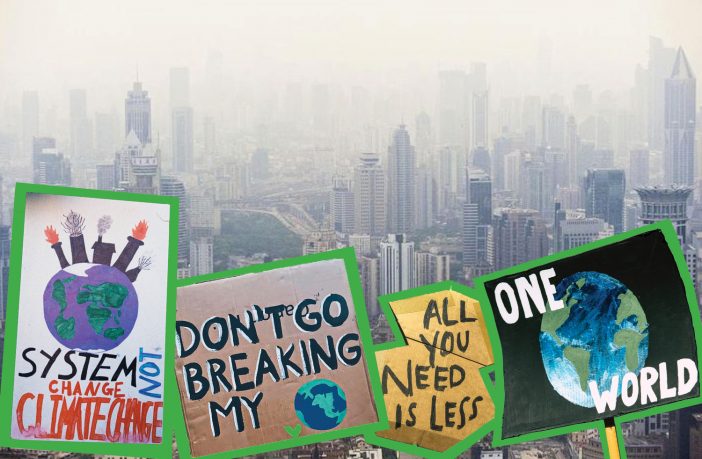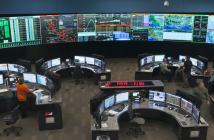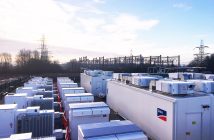Opinion
The impact that the climate crisis has had on the globe over the last decade is a critical influence on how architects and urban planners design future cities. It’s clear that both at an individual and corporate level, it’s important to take action and protect the earth before the negative impacts change our familiar environments forever – and time is running out fast. When it comes to creating ways to save our cities from “the next big one”, whether it be a hurricane, flood, snowstorm, or fire, the way that we design the preventative infrastructure neglects a significant number of people. Climate change doesn’t just impact the wealthiest places in the world, it actually has greater effects on the most impoverished.

Other than the physical damage that climate change creates, it also has lasting social and economic impacts that are often overlooked. For instance, the rising sea levels, which directly threaten more than 90 cities and towns across the globe, have a significant impact on the migration and relocation patterns of people towards more inland cities where they are forced to completely adapt to a new way of life, often abandoning their businesses and specialized vocational skills. In areas of the world where temperatures are rising at faster rates, it causes the productivity of harvesting crops to decline, since workers need a reprieve from the extreme heat. This causes the basic prices of fresh produce to increase and supply chains to slow down, resulting in food that is more expensive and harder to find.
A study completed by Mercy Corps showed that three out of four people in the world who live below the poverty level rely on natural and agricultural resources to survive. If the world’s increasingly drastic and volatile meteorological phenomena continue to happen at the rate which they historically have, these people are the ones who will be impacted the most severely- not the wealthiest residents of urban economic hubs. The social impact caused by climate change is often referred to as the “climate gap”, and international research shows that the poorest and people of color will be the ones to first feel the irreversible effects. In a report released by USC on the subject, the built environment plays a significant impact in how we are able to handle an array of climate effects. There’s a strong correlation between heat-trapping concrete surfaces, heat-reflecting building materials, community poverty levels, and the tree coverage present in any given area. The data suggests that there is a disproportionate burden of heat-island exposure in lower-income communities compared to that of higher-income populations both in cities and affluent suburbs. Essentially, the closer you live to the poverty line, you’re more likely to unfairly deal with the impacts of climate change.

Additionally, the Natural Resources Defense Council (NRDC) estimates that over the next 80 years, the cost to transport potable water to landlocked and warming states will rise in price from $200 billion annually to nearly one trillion dollars. The cost of energy to transport this water along will raise by $140 billion dollars if temperatures are expected to rise as historical data projects. Low-income families already spend a larger proportion of their income on food and water, and this gap is only expected to grow unless national infrastructure can receive the same kind of attention and financial investments that have been more focused on major cities over the last few years.

So much of what we solve for as architects, designers, and planners, focuses heavily on the impacts of climate change in our cities. And while city populations are expected to grow in the next 50 years, we also must consider those who live beyond our immediate reach, and those who do share communities with us but are economically at a disadvantage. We’ve taken a step in the right direction in helping to mitigate changes, taking responsibility upon ourselves through promises to build better and more environmentally conscious, but if we don’t remember who we are building for, then who are we working to help?
Author: Kaley Overstreet
This article was first published in ArchDaily and is republished with permission.











